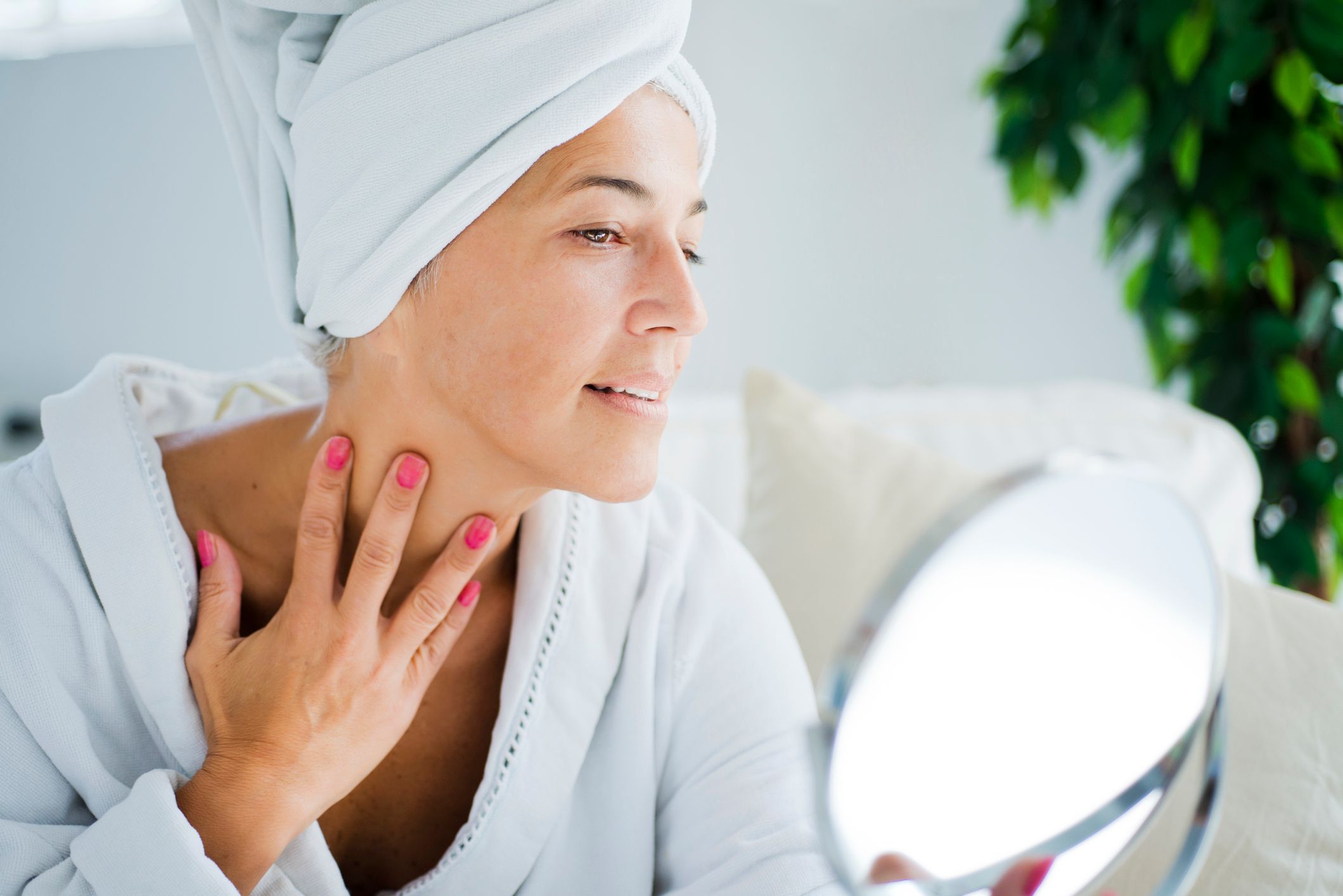I was diagnosed with skin cancer within days of turning 50 in October 2005. In the same month, I also got asthma and gingivitis—getting old was no fun! But I was lucky. All of my health problems were relatively minor and treatable.
My skin cancer is basal cell, which, along with squamous cell, is classified as non-melanoma skin cancer. It is usually curable—and usually preventable. Most of the more than 2 million cases of non-melanoma skin cancer diagnosed annually in the United States are related to sun damage.
I discovered my cancer by accident. A suspect mole sent me to a dermatologist who told me I needed a full-body skin examination. Being blond-haired, blue-eyed and fair-skinned and having spent much of my youth in the sun, this seemed wise.
The dermatologist biopsied several suspect spots—not the one I had noticed and some of which I couldn't even see. Not surprisingly, two were basal cell cancer. Even after the doctor showed me the cancerous spot on my nose, which had a slightly pearlescent sheen to it, I could not detect it in the mirror—a strong case for getting annual skin exams. The American Cancer Society recommends a skin examination as part of a cancer-related checkup every three years for people ages 20 to 40 and annually for people over 40.
Checkups are especially important if you have risk factors, which include:
- Severe childhood sunburns
- Excessive or unprotected sun exposure
- Family history of skin cancer
- Fair complexion
- Occupational exposures to coal tar, pitch, creosote, arsenic compounds, or radium
- Multiple or atypical moles
I had the first four of those. We didn't know much about the damaging effects of the sun when I was growing up in Elizabeth City, NC, a small waterfront town not far from the Outer Banks. I spent many a wonderful summer day at the beach and in the rivers and pools around town. I slathered baby oil on my body to help me "tan" faster—and often I burned. After a couple of painful nights, I'd peel sheets of skin off my face and back and chest.
Yet, I loved every moment outdoors—as do my two teenage daughters. Like me, they enjoy the feel of the sun on their skin. Being fair-skinned, they think they look better with a little "color." Kids these days know about the dangers of sun exposure, and they are much more likely to use sunscreen instead of "suntan oil." But, like most kids, my daughters live in the here and now.
I understand where they're coming from. I still love the beach—swimming, reading, walking and even sunning. But I try to be smarter about it. I avoid the midday sun, slather sunscreen all over my body, wear sunglasses to protect my eyes and always, always wear a hat. I try to do these things anytime I go out—whether for exercise walks, a kids' soccer match or a trip to the beach.
It's not easy. Sometimes I want to be in the ocean in the heat of the day. Sometimes I don't want to wear a dorky hat and have hat hair the rest of the day. Sometimes I forget my sunglasses.
But I know I'm not alone. When I go to soccer games, I notice other parents wearing hats, passing out sunscreen and holding special sun-protective umbrellas overhead. And we remind our kids to use and share the sunscreen.
For me, living with basal cell is mostly an inconvenience. I visit my dermatologist annually for skin exams. So far, my dermatologist has found cancer on my back and face, and we've attacked them with various treatments, including freezing, cutting and ointments. The treatments aren't terribly painful, but they can be unattractive, expensive and worrisome.
And skin cancer can be fatal. Each year about 8,650 people die from melanoma in this country and another 2,940 from non-melanoma skin cancers.
I want to be around as my children grow older. And I want to model good behavior for them so that maybe, when they turn 50, they won't have skin cancer.


